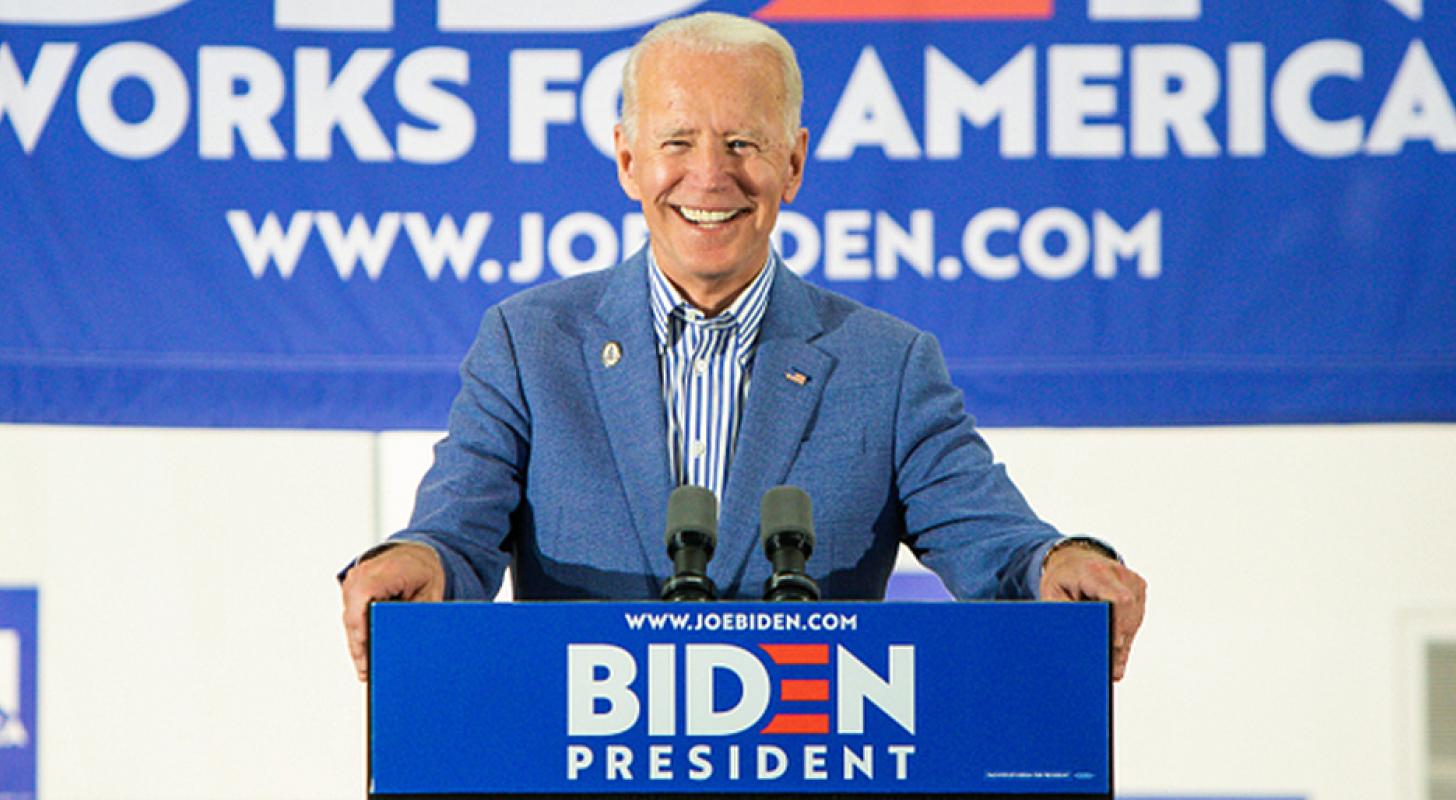
After a successful midterm election Joe Biden is ready to begin the second half of the first term of his presidency.
Biden crossing the bumpy road: The ride for Biden has been bumpy so far. As with his predecessor, the rise to the highest office did not go smoothly donald trump took offense at the election verdict and vehemently demanded that it be annulled.
See also: The best business books
What happened just before the inauguration on January 20, 2021 marked one of the darkest periods in American political history Trump fanatics stormed Capitol and instigated violence. After the dust settled and the president got back to business as usual, things went fairly smoothly for the first few months amid an economy that was ailing after the COVID-19 devastated.
Biden’s first biggest challenge was the gallop consumer price inflation. Fiscal and monetary stimulus, sympathetically given to boost an economy battered by the COVID-19 pandemic, began to stoke price pressures. After bottoming out at 0.3% in May 2020, annual inflation reversed course and exceeded the Fed’s 2% target in March 2021. After that it went up steeply until June 2022.
Source: Bureau of Labor Statistics
The Fed had to act to curb inflation, although critics blamed the central bank for a delayed policy response. Monetary policy normalization started in March 2022, but financial markets started a downtrend earlier, pricing in potential interest rate hikes and their impact on economic growth.
the Russia-Ukraine War couldn’t have come at a worse time. The war in Eastern Europe put further pressure on prices and added to inflationary pressures.
Here’s a look at how Biden’s tenure compared to that of Trump and his predecessor Barack Obama on different fronts:
For comparison purposes, Barrack’s first two years of his second term (2013-14) and Trump’s first two years (2017-18) are considered. It is important to take…
[ad_2]
Source story

